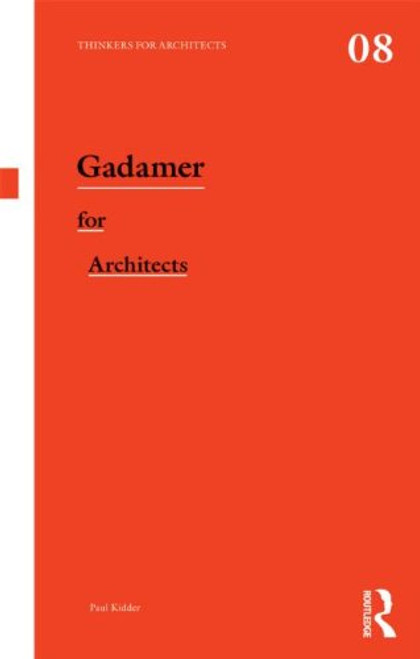Product Overview
William Butterfield has taken a central place in every history of nineteenth-century architecture; and rightly, for he was the pioneer of the original High Victorian phase of the Gothic Revival, and the first Victorian architect to experiment with constructional color.
This is the first biography of Butterfield and thus meets a major need. It seeks, through a combined discussion of Butterfield's personality, his style, and the social situation in which he worked, to reach a new understanding not merely of Butterfield but of the whole significance of High Victorian architecture.
The author defines his approach as follows:
I have...relegated the descriptive chronological surveys which normally form the core of such a book to the second part, for two reasons. The first is that Butterfield's purpose and style in design are fundamentally contentious, so that survey before analysis would be meaningless. The second is that I wish not merely to describe Butterfield's work, but to interpret it: to discover the forces which shaped it, and the meaning which he and his patrons and contemporaries found in it.
I have tried to do this on a series of levelspersonality, patronage, technology, religious, social and aesthetic conventions and valueswhich are all potentially relevant to other situations; but I do not wish to suggest that explanations of Butterfield's work necessarily apply to other men or other periods. Factors such as religion or individual personality can be dominant in some situations and irrelevant in others... Equally I do not accept the crude technological determinism so common in modern and architectural history. Building is, of course, a material art, and some technological and economic influences upon its form are inevitable, in a certain sense primary; but they are by no means always dominant, and indeed have very often been merely passive limitations. In this book I have tried to indicate the contribution made by each level of interpretation, but not to impose any universal hierarchy of importance upon them; for ultimately this is an issue which depends not upon fact, but upon one's concept of man.
This book is richly illustrated with photographs in black and white and in color.









